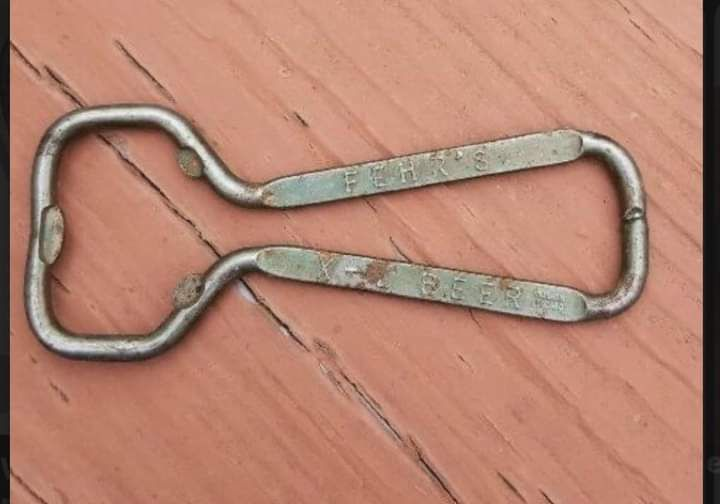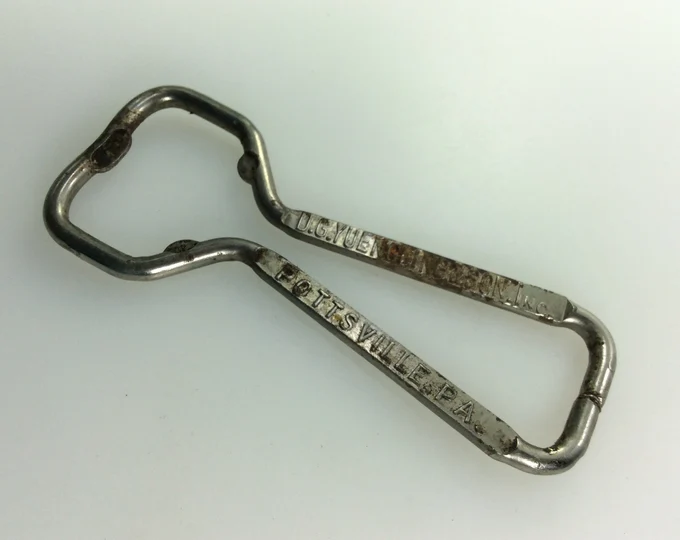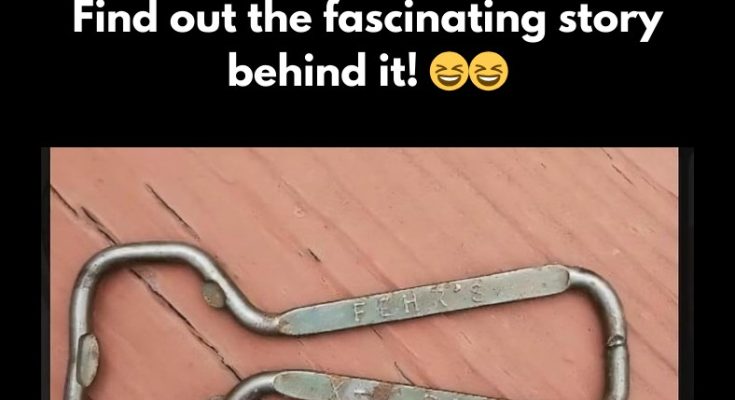The humble bottle opener is a tool so commonplace today that we hardly give it a second thought—until we’re faced with a stubborn bottle cap and no opener in sight. Despite its simplicity, the bottle opener’s history is intertwined with technological innovation and cultural shifts in how we consume beverages. From its inception to its modern incarnations, this small device has revolutionized the beverage industry and made enjoying a cold drink a whole lot easier.

The Birth of an Idea: What Came First, the Cap or the Opener?
The story of the bottle opener begins with the invention of the bottle cap. Before William Painter’s groundbreaking invention in 1892, beverages were sealed with corks or swing-top closures. While functional, these methods were neither airtight nor hygienic, leading to flat beer and potential contamination. Painter’s invention of the “crown cork”—a crimped metal cap with a cork lining—changed the game. It provided a secure seal that preserved carbonation and flavor.
But how would people open these tightly sealed caps? Painter foresaw the need for a specialized tool and designed the first bottle opener alongside his cap. His patent included a device that resembled a small crowbar, capable of effortlessly prying off the crown cap. While Alfred L. Bernardin also laid claim to the bottle opener around the same time, history credits Painter with the invention. Thus, the modern bottle cap and opener were born as a dynamic duo.
Revolutionizing Beverage Consumption
The crown cap and bottle opener quickly gained traction. Major beverage companies, including soda and beer producers, adopted Painter’s designs, recognizing their practicality and cost-effectiveness. The new sealing method not only preserved flavor and carbonation but also offered a more sanitary alternative to reusable stoppers.
Within years, bottle openers became an essential accessory. The design evolved to cater to different needs, with portable handheld models, wall-mounted openers, and even multi-functional tools that included corkscrews. These variations ensured that no matter where you were—at home, in a bar, or on a picnic—you’d always have a way to crack open a refreshing drink.
The Church Key Opener: A Classic Design
One of the earliest and most iconic bottle opener designs is the “church key” opener. Named for its resemblance to the ornate keys used to unlock church doors, this simple yet effective tool became a staple in homes and bars. Its basic design—a flat piece of metal with a hooked edge—remains largely unchanged today.
Church key openers were cheap to produce and often branded with company logos, making them a popular promotional item. Beer and soda companies distributed them widely, cementing their place in everyday life. Collectors today prize vintage church key openers for their historical value and nostalgic appeal.

Figural Bottle Openers: Creativity Meets Function
As the bottle opener became more ubiquitous, manufacturers began experimenting with its design. Figural bottle openers—shaped like animals, people, or everyday objects—became popular in the early 20th century. These cast-iron creations added a whimsical touch to an otherwise utilitarian tool.
Today, figural bottle openers are highly sought after by collectors. The Figural Bottle Openers Club, founded in 1978, celebrates these unique pieces, which range from humorous caricatures to elaborate works of art. They’re a reminder that even the most functional objects can be infused with creativity and personality.
Wall-Mounted and Specialty Openers
The practicality of wall-mounted bottle openers cannot be overstated. These tools, often found in bars, soda machines, and homes, provide a fixed solution for opening beverages quickly and easily. Coca-Cola, for example, popularized branded wall-mounted openers, reinforcing their brand presence in customers’ lives.
Another unique style is the “spin-the-bottle” opener. These openers featured a spinner mechanism that added a fun twist—literally—to the process. They were often used in social settings to determine who would buy the next round, turning an everyday task into an entertaining game.

The Bottle Opener in Modern Times
While the basic functionality of bottle openers hasn’t changed much, modern designs have added convenience and style. Compact openers now fit on keychains or are integrated into multi-tools, ensuring you’re never caught unprepared. Luxury brands like RRL and Kapital have even introduced high-end bottle openers inspired by vintage designs, offering a touch of nostalgia for collectors and enthusiasts.
Despite the rise of twist-off caps and canned beverages, bottle openers remain an essential tool. They bridge the gap between tradition and innovation, reminding us of a time when cracking open a drink was an event in itself.
The Environmental Impact of the Crown Cap
As revolutionary as the crown cap was, it brought with it an unintended consequence: waste. Disposable caps and bottles have contributed significantly to environmental challenges, with millions ending up in landfills. Efforts to mitigate this impact include recycling initiatives and the promotion of reusable bottles, but the legacy of Painter’s invention is a double-edged sword.
The Bottle Opener’s Enduring Legacy
The bottle opener’s story is one of ingenuity and adaptation. From Painter’s crowbar-like prototype to today’s sleek designs, this simple tool has stood the test of time. Its creation revolutionized the beverage industry, making drinks more accessible and enjoyable for millions around the world.
So, the next time you open a bottle, take a moment to appreciate the history behind the tool in your hand. It’s more than just a gadget—it’s a symbol of innovation that has shaped the way we enjoy our favorite beverages. Cheers to that!



